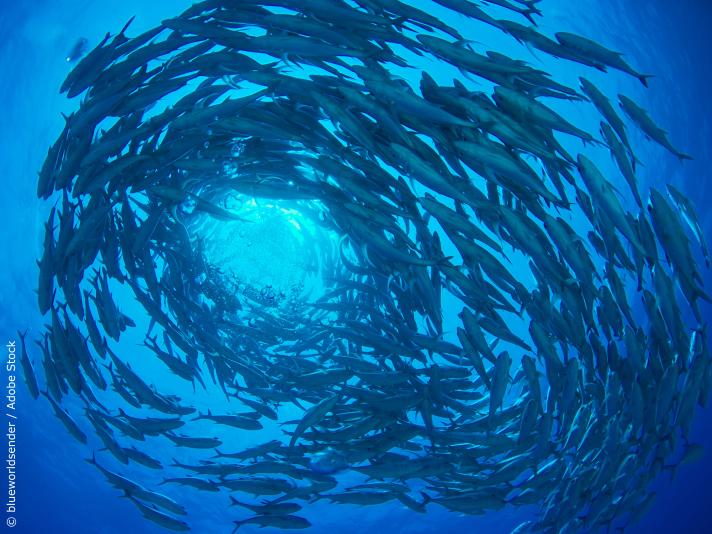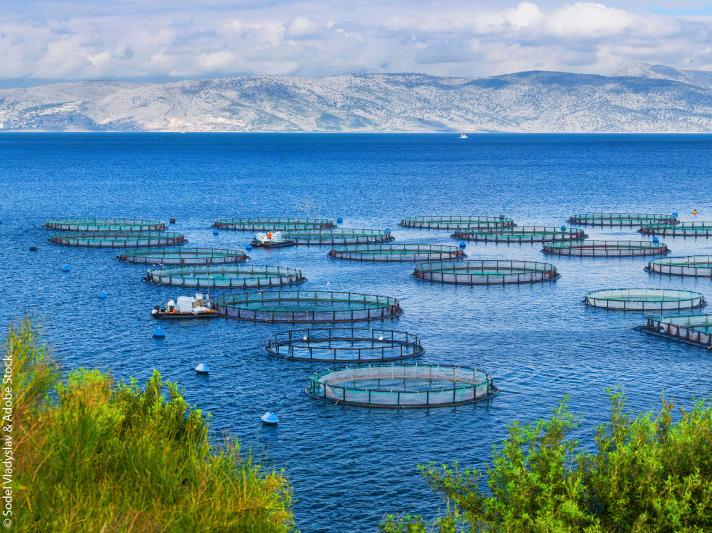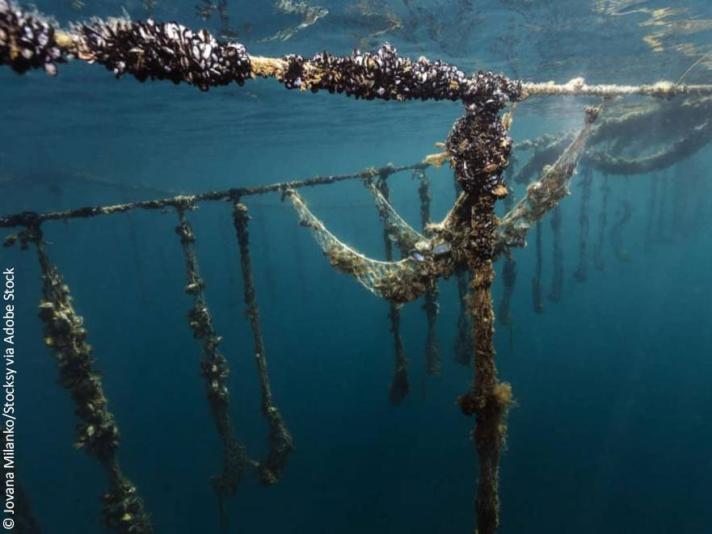How many fish can we fish?
To make sure we preserve our resources for the future, the EU decides every year how much fish can be fished, with the help of scientists.
The more fish in the sea, the more our fishers can catch. But when fish stocks decline, we must reduce the pressure caused by fishing, so fish stocks can recover.
The good news is that this approach works!
Yet, the same fish species can thrive in one sea basin and be under pressure elsewhere. So we have to adapt our fishing activities every year.
The potential of European aquaculture
The EU has a population of 447 million. We cannot only depend on wild catches for our fish and seafood supply. There simply isn’t enough fish in the sea! That is why we also need aquaculture, which means farming fish, shellfish and algae.
The EU is supporting sustainable aquaculture practices.
The main products of EU aquaculture are mussels, salmon, seabream, rainbow trout, seabass, oysters, and carp.
Aquaculture has other advantages. It can be done close to the shore, or even inland, so you always have a fresh, local source of healthy fish and seafood. And it can create jobs.
Good for our health, good for the environment
Fish, shellfish and algae are good sources of protein. They are also good for the environment.
When done sustainably, certain types of aquaculture contribute to the preservation of ecosystems and biodiversity.
Shellfish are real environmental heroes: they clean the water, they can contribute to mitigate coastal erosion and can even help in our fight against climate change. The production of 1kg of mussels only emits 200g of CO2, compared to 34kg of CO2 for 1kg of beef!
Harvested in the wild or farmed in our seas, seaweed is among the most wholesome food product you can find!
Low in fat and rich in dietary fibres, micronutrients and bioactive compounds, it has also a five-star environmental ranking!
Seaweed does not require land, fertilisers or freshwater. It helps to regenerate the marine environment by removing nutrients that cause eutrophication. And rather than emitting CO2, seaweed removes carbon (which causes acidification) and produces oxygen.This is why the EU encourages seaweed cultivation and harvesting.
A culinary tip: algae can be used as main ingredient, as a side dish or just mixed in a salad. You can even add algae in your soups as a seasoning.
More information
Common fisheries policy– a set of rules for sustainably managing European fishing fleets and conserving fish stocks



